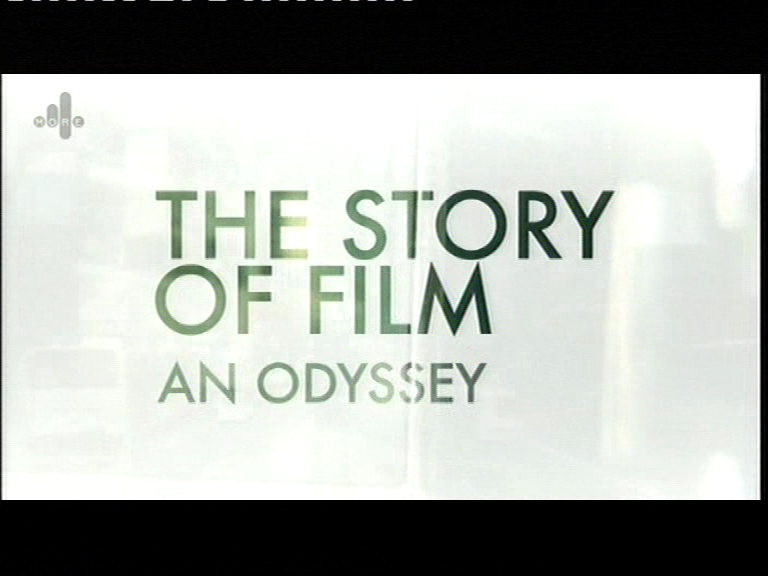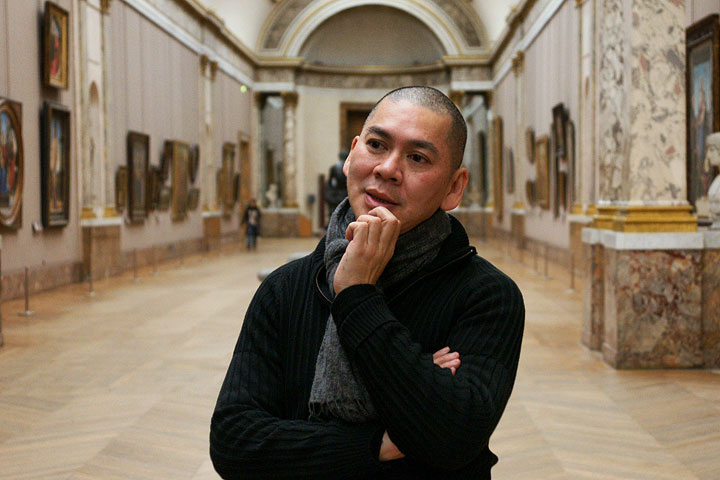It has fifteen parts and is currently being aired on Studio TV. We have watched three episodes with great interest, and occasional comprehension.
What we like is the low-key presentation and comments, the worldwide scope from Zimbabwe to Afghanistan and the generosity of spirit that underlies both. All so rare on the air these days when shouting replaces thought, when the crass drives out all else, and the relentless me-focus shrinks the world, and that is on the the Australian Broadcasting Corporation (ABC)!

The most recent episode was an account of the last days of celluloid filmmaking before the CGIs (Computer Generated Images) conquered all.
Among those in the spotlight were Lars von Trier one whose films deadened me when I was a film festivalian, but he gave a modest and cogent explanation for his approach, as did some others, though none of it encouraged me to watch their films. They make ‘L’Année dernière à Marienbad’ (Last Year at Marienbad) (1961) seem like an action movie! It is all so intellectual, dessicated, retentive, inward, abstract, meta, self-referential, reflexive, slow … well you get the idea by now or you never will. Gone are plot and character, gone are place and time, and with them, meaning. Instead the images on the screen are to trigger some unconscious response in the viewer. Uh huh… Well, unconscious anyway.
However, the broader theme was that actors are human beings and CGIs are not. Accordingly, Mark Cousins featured directors who concentrated on film characters as human beings. They have imperfect bodies, which age, sag, and sometimes let them down. (Amen.) They also have emotions that cannot be articulated in an six-second scream but have to have portrayed. (For an example, BCGI (Before CGI) recall Steve McQueen, without a word, bouncing the ball off the wall in ‘The Great Escape’ [1963].)
Tsai Ming-liang, a Taiwanese director, had some insightful things to say, and talked mainly about his ‘Vive l’Armour‘ (1994). His comment on the Hollywood fetish of CGI concerned the deadening effect of the screen busy with multitudes of CGIs from spaceships, endless weapons, to vampires, and a deafening surround soundtrack. Sadly that is too often true.
 Tsai Ming-liang
Tsai Ming-liang
Cousins focussed on the last scene in ‘Vive l’Armour’ where a distressed young woman cries, and cries, and keeps crying in an exhausting (to watch) seven-minute take. Emotions engulf and cannot be switched on and off, that is the point. I appreciated that argument intellectually, but I confess it did not inspire me to sit through any of his work.
 Here she is.
Here she is.
As said above, I found much of the material covered in this segment, as in some of the others, to be inward looking, made only for other directors, not an audience. Though much was said about humanity in the program, it seemed there was little for the actors to do but stand in front of the camera. These directors often prefer a single handheld camera, cutting the cost of elaborate camera work, producing little more than a home movie to my eye. The director is the auteur who creates everything, when everything else has been discarded, the actor is the last prop. More than once Von Trier has done films without sets, leaving only actors. Maybe next he will dispense with them, too. That would leave the director doing a selfie into the camera, which some of these films seem to be anyway.
Skip to content
